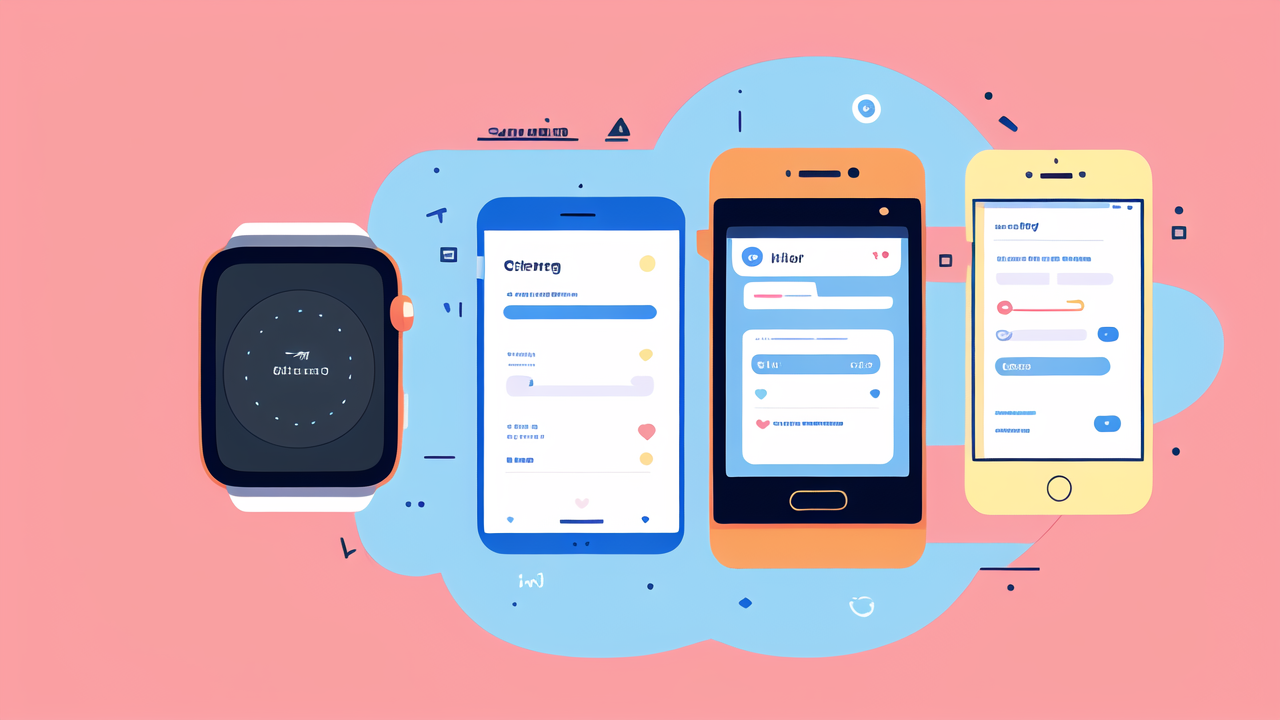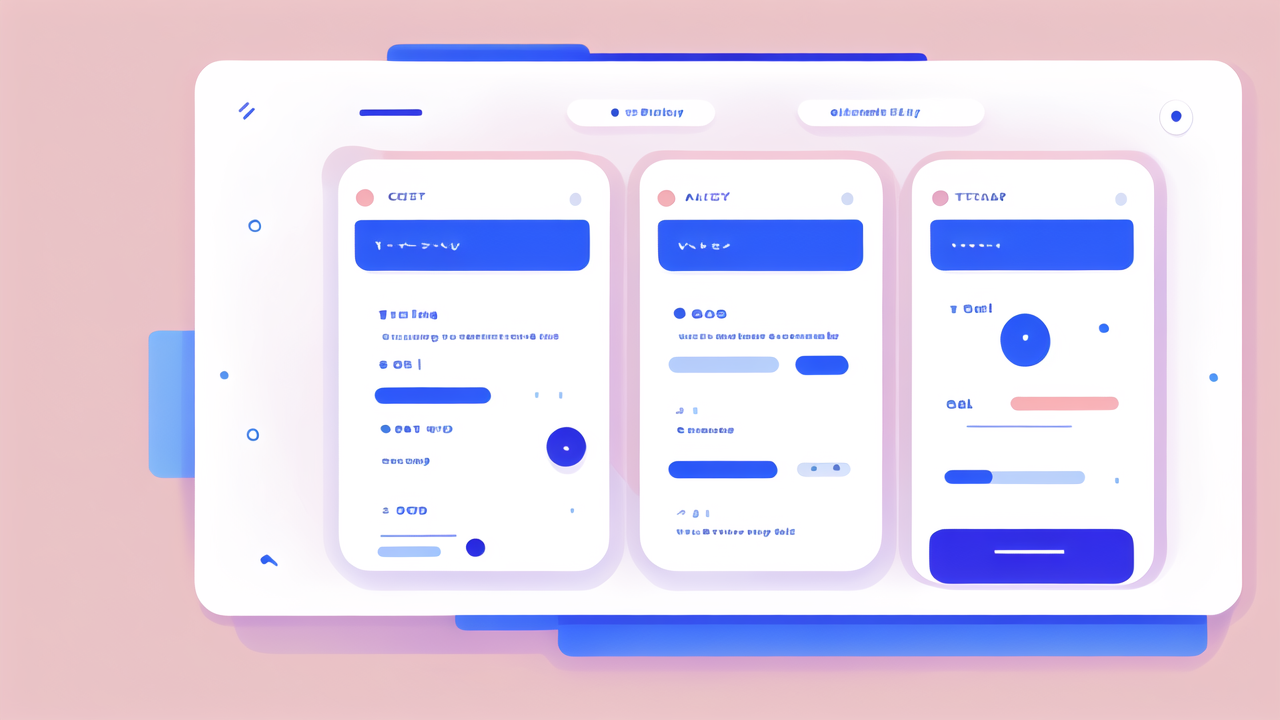Understanding the Role of Fitness Trackers in Exercise Regimens
The Evolution of Fitness Tracking Technology
Fitness tracking tech has come a long way. It started with simple pedometers. These counted steps and not much else. Today's trackers are far more advanced. They can monitor heart rate, sleep patterns, and even stress levels.

Early fitness trackers were bulky and not very accurate. Now, they're sleek and precise. Many look like stylish watches. Some are even built into smartphones. The tech keeps improving. New sensors and AI make trackers smarter every year.
Fitness trackers now connect to apps and the cloud. This lets users see their data over time. It also allows for social features. People can share goals and compete with friends. This social aspect has made fitness more engaging for many.
How Fitness Trackers Can Enhance Workout Efficiency
Fitness trackers boost workout efficiency in several ways. They provide real-time feedback. This helps users adjust their effort on the spot. They also track progress over time. This can be very motivating.
These devices can measure intensity accurately. This helps users stay in the right heart rate zone. It ensures they're working hard enough, but not overdoing it. Many trackers also offer guided workouts. These can be like having a personal trainer on your wrist.
Trackers can also help with recovery. They monitor sleep quality and resting heart rate. This data can show when the body needs more rest. It helps prevent overtraining and injury. By using this info, users can optimize their workout schedules.
Choosing the Right Fitness Tracker for Your Needs
Key Features to Look for in a Fitness Tracker
When choosing a fitness tracker, consider these key features:

- Heart rate monitoring
- GPS tracking
- Water resistance
- Battery life
- Sleep tracking
- Compatibility with your smartphone
- Activity recognition
- Stress monitoring
- Customizable goals
- Social features
Look for a tracker that fits your specific needs. If you're a swimmer, water resistance is crucial. For runners, GPS is a must-have. Make sure the tracker works with your phone's operating system.
Consider the device's accuracy too. Some trackers are more precise than others. Read reviews and compare features. The right tracker should align with your fitness goals and lifestyle.
Top Fitness Tracking Devices on the Market
Several fitness trackers stand out in the market:
- Fitbit Charge 5: Great all-rounder with ECG and stress tracking
- Apple Watch Series 7: Best for iPhone users, with many health features
- Garmin Forerunner 945: Ideal for serious runners and triathletes
- Samsung Galaxy Watch 4: Good for Android users, with body composition analysis
- Whoop Strap 4.0: Focuses on recovery and strain, popular with athletes
Each of these devices has its strengths. The Fitbit is user-friendly and affordable. The Apple Watch offers the most apps. Garmin excels in sports tracking. Samsung provides a good Android experience. Whoop is unique in its focus on recovery.
Consider your budget too. Prices range from under $100 to over $500. More expensive doesn't always mean better. Think about which features matter most to you.
Factors to Consider When Selecting Your Fitness Tracker
When choosing a fitness tracker, think about:
- Your main activities: Running, swimming, cycling, etc.
- Your fitness level: Beginner, intermediate, or advanced
- Your tech-savviness: Do you want simple or complex features?
- Your budget: How much are you willing to spend?
- Battery life: How often are you willing to charge it?
- Design: Do you prefer a watch-like look or a slim band?
- Screen size: Do you need a large display?
- Additional health features: Like ECG or SpO2 monitoring
Also, consider how you'll use the data. Some trackers offer more detailed analysis. Others keep it simple. Think about whether you'll actually use advanced features. Sometimes, a basic tracker is all you need.
Don't forget about comfort. You'll be wearing this device a lot. Make sure it feels good on your wrist. If possible, try on different models before buying.
Advanced Tips and Tricks for Using Fitness Trackers
Integrating Fitness Tracking with Your Workout Routine
To get the most from your fitness tracker, make it part of your routine. Wear it consistently, not just during workouts. This gives you a full picture of your activity and health.

Use your tracker to set daily goals. Start small and increase gradually. Many trackers have reminders to move. Use these to avoid long periods of sitting. Some trackers can auto-detect workouts. This is handy if you forget to start tracking manually.
Sync your tracker with other apps you use. This could be a food diary or a running app. The more data you have in one place, the better. Some trackers work with smart home devices too. For example, they can adjust your thermostat based on your sleep patterns.
Don't forget about the social features. Join challenges or compete with friends. This can be a great motivator. Just be sure to protect your privacy if sharing data publicly.
Analyzing and Interpreting Fitness Tracker Data
Your fitness tracker collects a lot of data. Learning to interpret it is key. Look for trends over time, not just daily numbers. Your resting heart rate, for example, can indicate fitness improvements.
Pay attention to your sleep data. Good sleep is crucial for fitness. Look at your sleep cycles and duration. Try to spot patterns that lead to better or worse sleep. Use this info to adjust your habits.
For workouts, look at your heart rate zones. Are you spending enough time in the right zone? If not, adjust your intensity. Compare similar workouts over time. Are you getting faster or more efficient?
Don't obsess over every data point. Focus on the big picture. If you're confused by any metrics, research what they mean. Many tracker apps have guides to help you understand your data.
Setting Up and Achieving Fitness Tracking Goals
Start by setting realistic goals. Your tracker can help you do this. Many have features to suggest targets based on your current fitness level. Start with easy goals and build up.
Use your tracker's goal-setting features. These often include step counts, active minutes, and calorie burns. Set both daily and weekly goals. This gives you short-term targets and long-term direction.
Track your progress regularly. Most apps show your stats clearly. Celebrate when you hit goals. If you miss them, don't get discouraged. Use it as motivation to try harder next time.
Adjust your goals as you improve. Your tracker may suggest this automatically. If not, review and update your goals monthly. Keep challenging yourself, but stay realistic.
Remember, the tracker is a tool, not the goal itself. Use it to support your fitness journey, not define it. Stay focused on how you feel and your overall health improvements.




Leave a comment
This site is protected by hCaptcha and the hCaptcha Privacy Policy and Terms of Service apply.